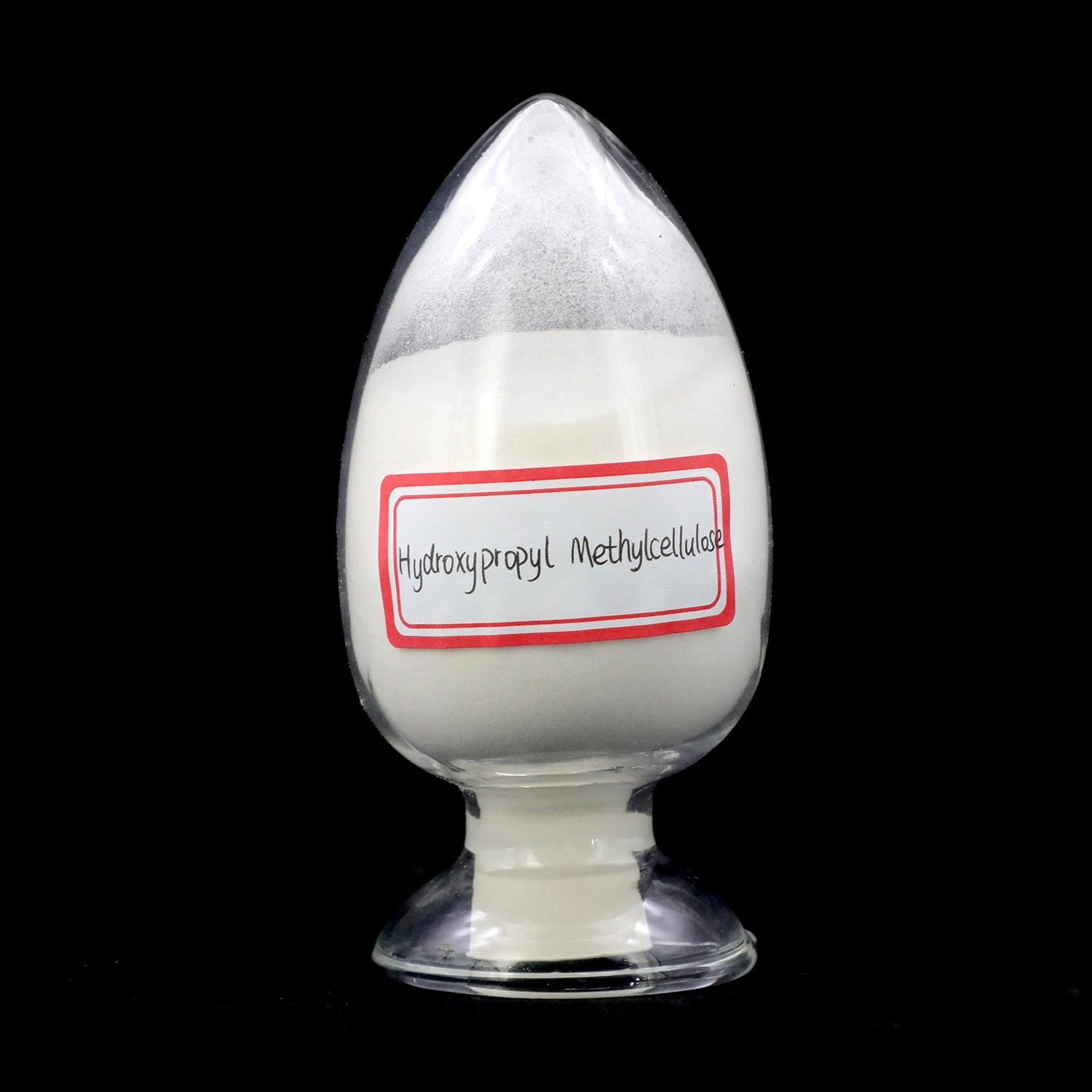



Effective Methods for Reducing Phosphate Levels in Swimming Pool Water Management
Effective Phosphate Treatment for Swimming Pools
Swimming pools are an essential part of leisure and recreation for many households and communities. However, keeping a pool clean, safe, and inviting involves ongoing maintenance, one critical aspect of which is managing phosphate levels. Phosphates, while not harmful to humans in low concentrations, can lead to severe problems if not properly controlled. This article will explore what phosphates are, their sources, the problems they create, and effective treatments to maintain optimal phosphate levels in swimming pools.
Understanding Phosphates
Phosphates are chemical compounds containing phosphorus, an essential nutrient for many living organisms. In the swimming pool context, phosphates typically originate from various sources, including rainfall, leaves, fertilizers, soaps, and even swimmers themselves. Organic matter introduced into the pool can lead to a rise in phosphate levels, creating a conducive environment for algae growth.
The Role of Phosphates in Algae Growth
The presence of phosphates in pool water is particularly concerning due to their direct link to algae proliferation. Algae thrive in environments with high nutrient levels, and when phosphates are abundant, they can multiply rapidly, turning a once sparkling pool into a green, uninviting mess. Not only is this unappealing to swimmers, but it can also lead to significant maintenance challenges, including increased chemical usage and frequent cleaning.
Moreover, high phosphate levels can upset the delicate balance of water chemistry. This imbalance can cause cloudy water, inhibit chlorine effectiveness, and compromise overall pool sanitation, leading to potentially harmful environments for swimmers.
Testing Phosphate Levels
Regular testing of phosphate levels is essential in pool maintenance. Pool owners can use phosphate test kits, which are readily available at pool supply stores, to monitor levels. Ideally, phosphate concentrations should remain below 500 parts per billion (ppb). If levels exceed this threshold, intervention is necessary to mitigate the risk of algae outbreaks.
swimming pool phosphate treatment

Phosphate Treatment Methods
When faced with elevated phosphate levels, pool owners have various treatment options
1. Phosphate Removers This is one of the most effective methods for treating high phosphate levels in swimming pools. Phosphate removers, often containing lanthanum or aluminum compounds, bind to phosphates and precipitate them out of the water, allowing for easier removal through the filtration system. These products are straightforward to use—simply follow the manufacturer’s instructions regarding dosage and application.
2. Regular Cleaning Good pool hygiene can significantly reduce phosphate levels. Regularly cleaning the pool, including vacuuming debris, skimming leaves, and maintaining the filtration system can minimize organic matter that contributes to phosphates. Additionally, washing pool filters and changing them at recommended intervals will also help maintain phosphate levels.
3. Controlling Organic Inputs Implementing measures to control the introduction of organic material into the pool can drastically reduce phosphate accumulation. This can include using pool covers to prevent debris from falling into the water, minimizing the use of fertilizers on nearby lawns, and encouraging swimmers to rinse off before entering the pool.
4. Chemical Balancing Ensure that overall water chemistry is balanced, including pH, alkalinity, and chlorine levels. This holistic approach contributes to minimizing algae growth even in the presence of phosphates.
5. Regular Testing and Monitoring Routine testing of both phosphate levels and overall water chemistry is crucial. Pool owners should set a schedule to check their pool’s water parameters weekly during peak swimming seasons and at least monthly during off-seasons.
Conclusion
Managing phosphate levels in swimming pools is an essential aspect of maintaining a healthy swimming environment. By understanding the sources and effects of phosphates, regular testing, and employing effective treatment methods, pool owners can prevent algae growth and ensure their pools remain inviting and safe. With diligent attention and appropriate care, swimming pools can continue to serve as refreshing oases of enjoyment all season long.
-
Why Sodium Persulfate Is Everywhere NowNewsJul.07,2025
-
Why Polyacrylamide Is in High DemandNewsJul.07,2025
-
Understanding Paint Chemicals and Their ApplicationsNewsJul.07,2025
-
Smart Use Of Mining ChemicalsNewsJul.07,2025
-
Practical Uses of Potassium MonopersulfateNewsJul.07,2025
-
Agrochemicals In Real FarmingNewsJul.07,2025
-
Sodium Chlorite Hot UsesNewsJul.01,2025










